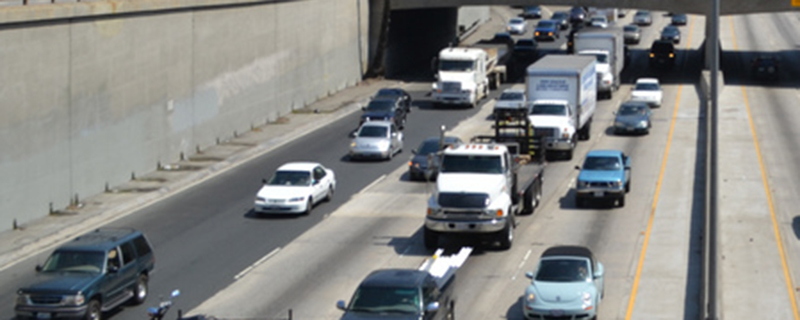California requires all cars built from 1976 on to pass a smog inspection every two years. A bill introduced in the current session would have moved that date to 1990, “making it easier to own and maintain classic cars,” says Car Buzz. But the legislation, Senate Bill 712, introduced by Sen. Shannon Grove of Bakersfield, was blocked in August by the Assembly Appropriations Committee, which gave no explanation for doing so.
The change would have made sense. As Car Buzz notes, “anyone who’s willing to maintain a 35-year-old car is no casual commuter.”
In other words, they are collectors and rarely take their classics on the streets. These cars are typically found at shows, informal gatherings and in garages.
Car Buzz further argues that vehicles older than 1990 “have long since offset their carbon footprint. In fact, buying a new car to replace their classic would arguably be more detrimental to the environment, as it would come with a fresh carbon emissions footprint from manufacturing that would take years to offset.”
The 1976 date was set in 2005. But it was never changed, remaining stuck on ‘76 even as the years, now decades, passed. Grove’s bill – also known as “Leno’s Law” because as a classic car enthusiast comedian Jay Leno “decided to go up to Sacramento to see if I could lend a hand” – would have not only moved the date up to 1990, would have established a rolling deadline, meaning that with every turn of the calendar, the deadline year would move up, keeping the age of an old car permanently at 35.
The language was later changed to cover cars “manufactured prior to the 1981 model year,” yet it was still rejected, so the state will continue to have, in the words of Leno, who testified earlier in the year on behalf of the bill he sponsored, “the toughest rule in the nation.”
There is no rational basis for refusing to roll the date forward every year. Not only are 35-and-older cars rarely on the streets, they are rare period. According to Grove’s office, the DMV says they are “very small subset of the registered vehicle population, about 1%.” Refusing to grant relief is “an overreach by the government” which “targets a small group of people without providing any significant benefit or detriment to overall air quality.”
Older cars are also expensive to fix if repairs are needed for them to meet the emissions standard. They “have to be tested every couple of years on roller dynos and run up to different speeds with a probe up their tailpipes,” Leno explains, and “the test can cost $200, and that’s if you can find a shop that will do it.” The equipment required to test the older cars, Leno continues, is “expensive and has to be maintained, and the population of cars needing this type of test is dropping fast.”
Consequently, shops have been moving away from the testing older vehicles, leaving so few that Leno has “heard of people taking eight months to get a car tested.”
Meanwhile, “in most other states, vehicles over 25 years old” are considered classics, making them exempt from smog tests.
Grove said the committee’s decision to pass up an opportunity to make “a much-needed update on an antiquated law” left her “deeply disappointed.” It’s about more than cars, she said, it’s about “about the enthusiasts behind the wheel” and preserving “these rolling pieces of history” from “low riders to hot rods and every American classic in between.”
The state that created the car culture in this country seems determined to not just kill it but to ditch cars altogether.
Kerry Jackson is the William Clement Fellow in California Reform at the Pacific Research Institute and co-author of The California Left Coast Survivor’s Guide.

